
These slides summarise the essential understanding and skills in this topic.
They contain short explanations in text and images - good revision for all students.
Read the slides and look up any words or details you find difficult to understand.
Summary list for 2.4 Proteins
- Amino acids are linked together by condensation reactions to form a dipeptides and polypeptides.
- Genes and mRNA strands code for 20 different amino acids which are built into polypeptides on ribosomes.
- Amino acids can be linked together in any sequence (coded for by genes) giving a huge range of possible polypeptides.
- A protein may be a single polypeptide or more than one polypeptide joined together.
- The three-dimensional shape of a protein is determined by the sequence of amino acids.
- Living organisms synthesise many different proteins with a wide range of functions (not structure)
e.g. Rubisco, insulin, immunoglobulins, rhodopsin, collagen & spider silk. - Every individual has a unique proteome.
- Proteomics and the production of proteins by cells cultured in fermenters offer many opportunities for the food, pharmaceutical and other industries.
- Ability to draw molecular diagrams of peptide bond formation.
Mindmaps
These diagrams summarise the main sections of topic 2.4.
Test if you can draw something like these concept maps from memory.
Exam style question about proteins
Understanding how amino acids are built into proteins is an important skill from this topic.
Answer the question below on a piece of paper, then check your answer with the model answer below.
Outline the formation of a peptide bond between two amino acids [4]
....................................................................................... ............................................................................
....................................................................................... ............................................................................
....................................................................................... ............................................................................
....................................................................................... ............................................................................
.
Click the + icon to see a model answer.
Multiple choice questions
This is a self marking quiz containing questions covering the topic outlined above.
Try the questions to check your understanding.
START QUIZ!
Drag and drop activities
Test your ability to construct biological explanations using the drag and drop questions below.
Examples of protein function.
Drag and drop the correct term into the gap to describe protein function in living systems.
glucose UV Enzymes amino acid Melanin Immunoglobulins control lowers functions
Proteins are macromolecules of monomers. They perform many cellular , examples of which are:
, such as catalase, that catalyse biological reactions and metabolic pathways.
, a pigment involved in human skin colour and protection angainst light waves.
Insulin, a hormone that blood level.
that act as antibodies to counteract pathogens.
Explanation/Examiner hint. You need to know examples of protein function. These examples reoccur throughout the syllabus content. Other examples include spider silk, collagen, actin and myosin.
This is a little bit of fun, but it's still revision. Proteins card match game. Can you make the leader board?
How much of Proteins 2.4 have you understood?














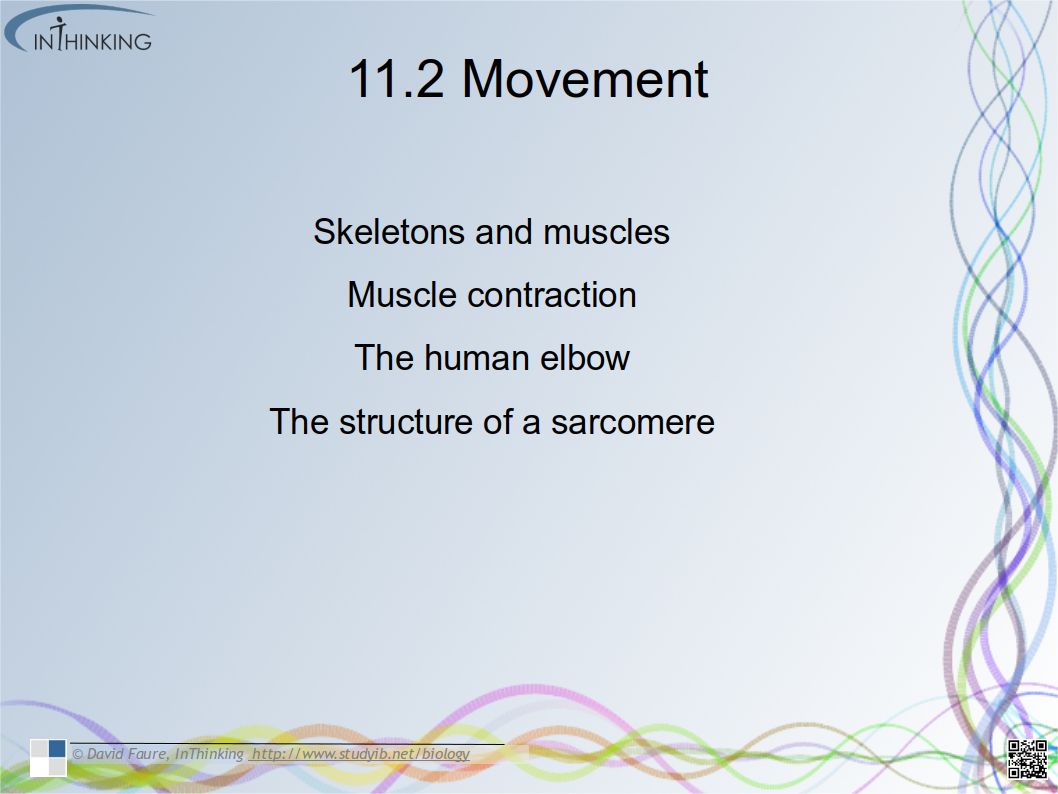
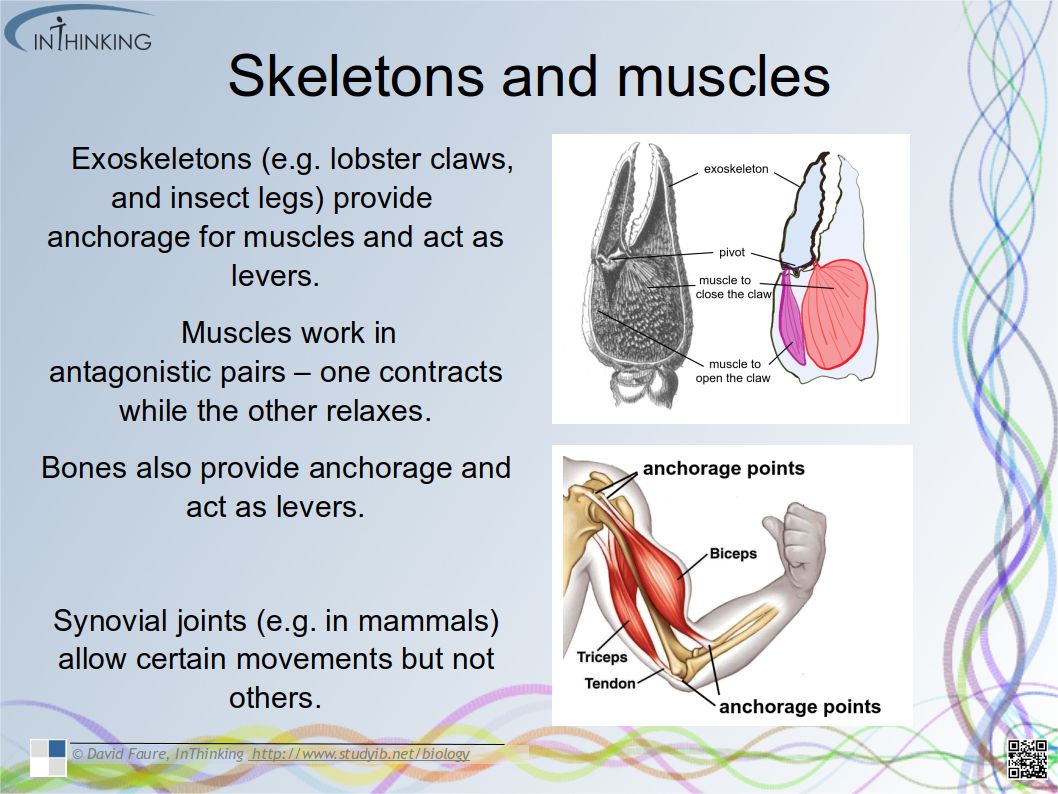
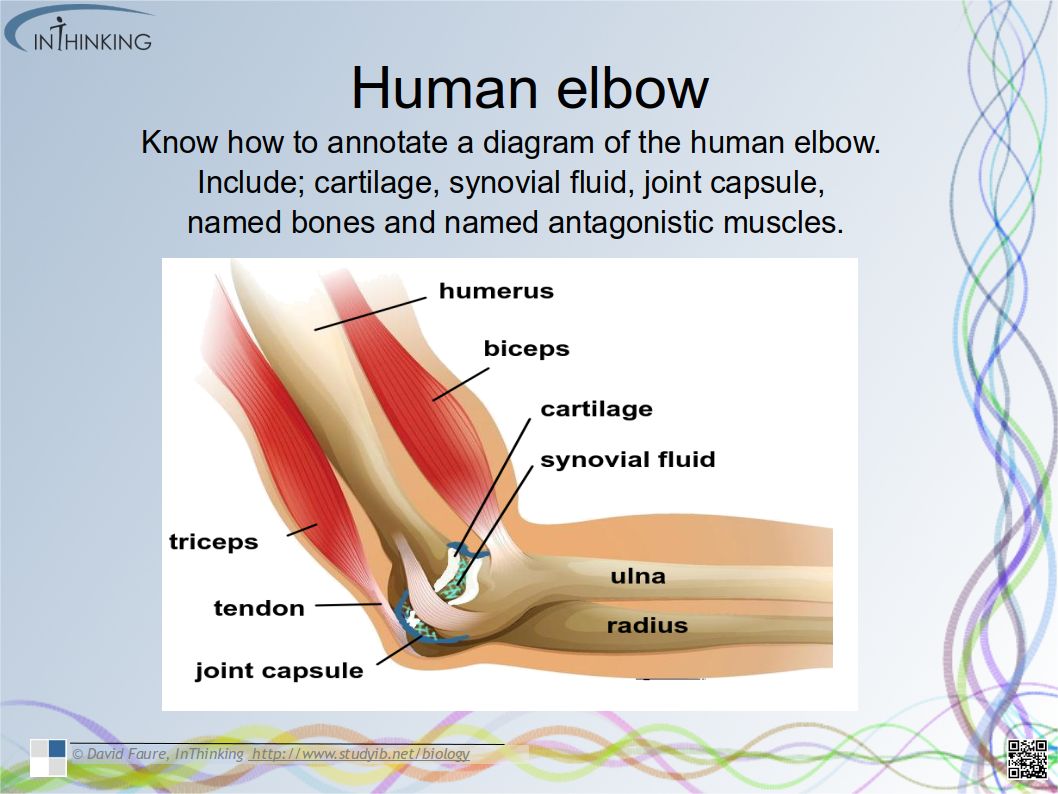

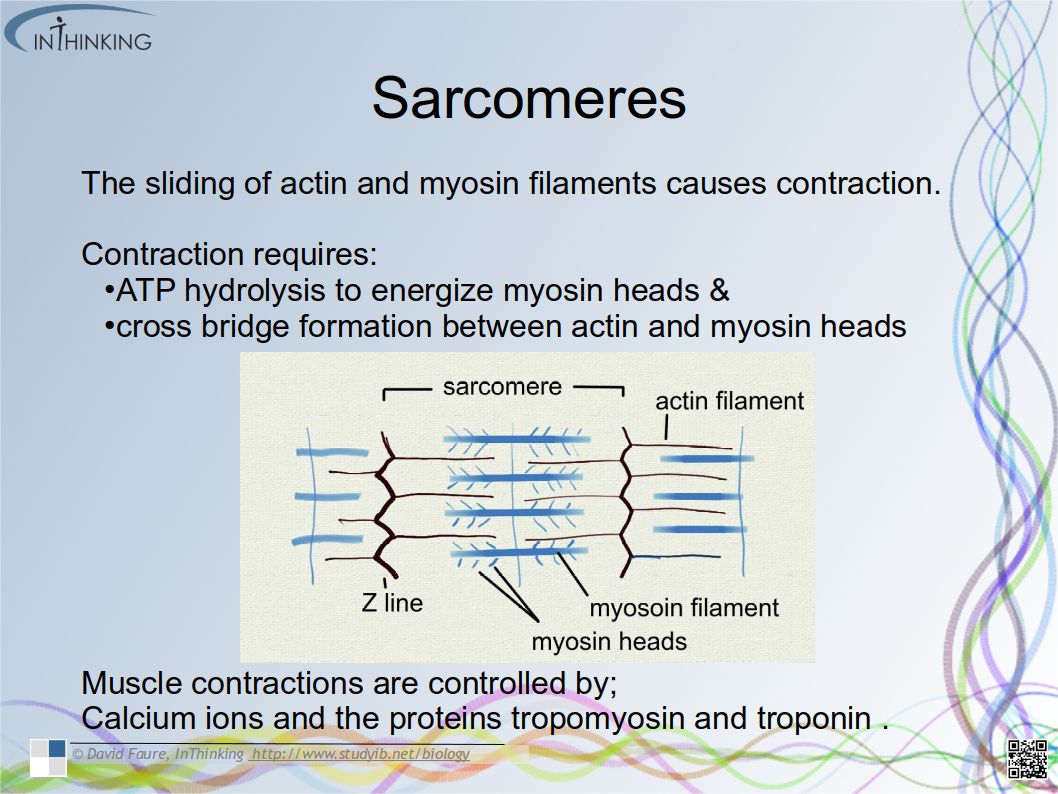

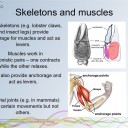
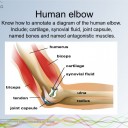

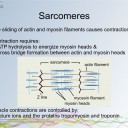



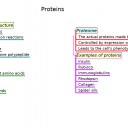
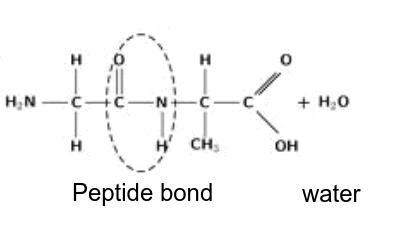


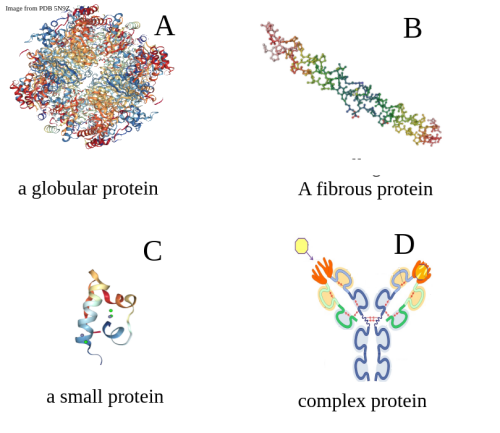
 Twitter
Twitter  Facebook
Facebook  LinkedIn
LinkedIn